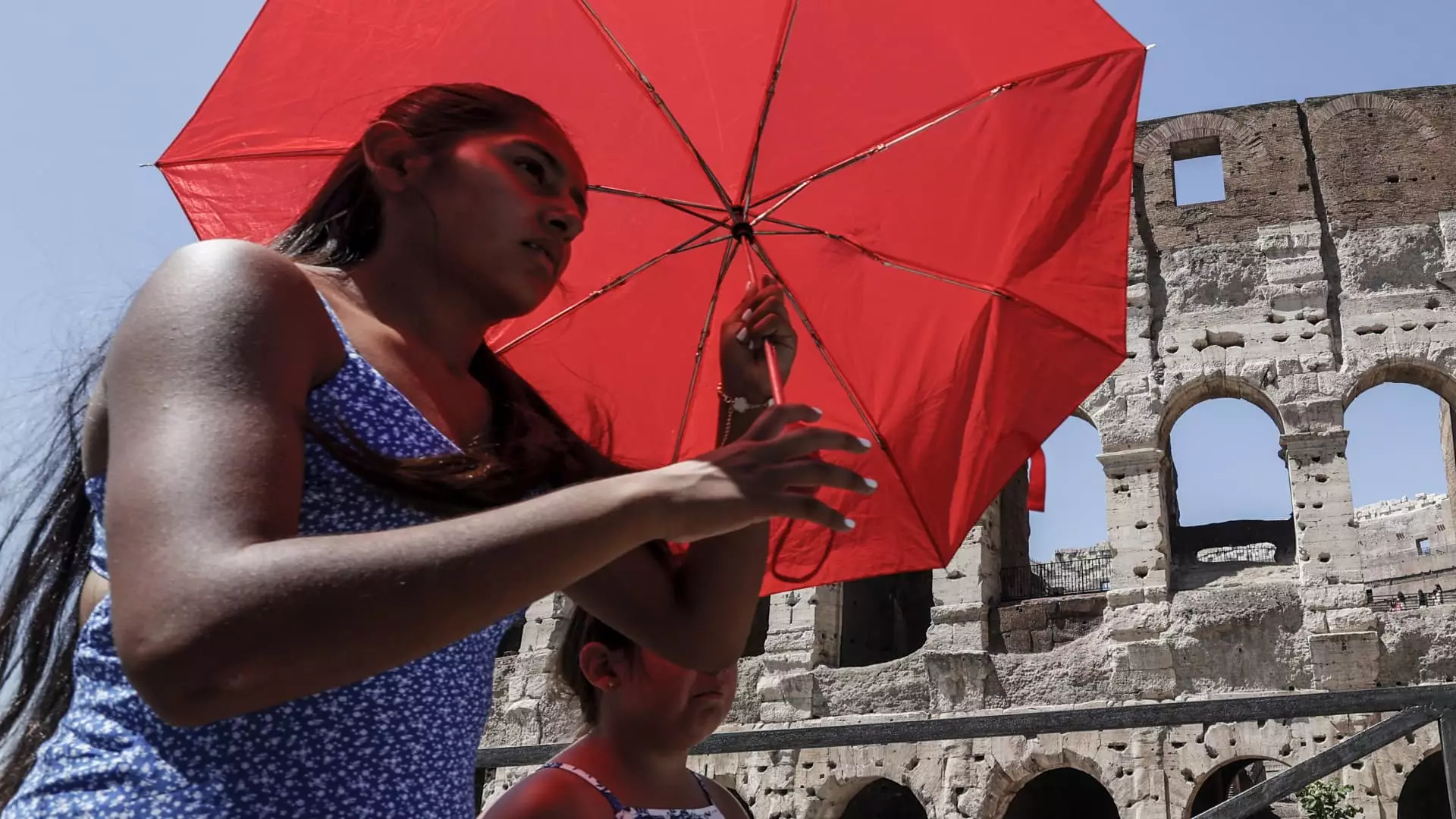In recent years, a noticeable trend has emerged among travelers planning trips to Europe. Once a popular summer destination, Europe is experiencing a decline in tourist numbers during its peak summer months, particularly July and August. Significant insights from Delta Air Lines’ president, Glen Hauenstein, highlight that many travelers are actively seeking options outside of these bustling, and often scorching, summer months. This shift appears to be a way for tourists to escape not just the rising temperatures, which have reached alarming highs, but also the crowds that flock to major European attractions during summer.
This summer, the Northern Hemisphere recorded its highest temperatures, drawing attention to the adverse effects of climate change on travel patterns. According to the European Union’s climate monitoring reports, the soaring heat in August has become a deterrent for tourists who previously enjoyed the traditional summer getaway. It’s clear that the environmental conditions are playing a crucial role in reshaping tourists’ schedules, compelling them to find travel alternatives that ensure a more pleasant experience. Many now prefer to plan their vacations during September and October when temperatures are more moderate, allowing for more comfortable tours and explorations.
In response to these evolving preferences, airlines are not only noticing the waning interest during July and August but are proactively adjusting their schedules to turn this challenge into an opportunity. For instance, United Airlines has taken steps to extend flight schedules well into the fall, with routes commencing earlier in the spring and continuing through late October and early November. Patrick Quayle, United Airlines’ senior vice president, emphasized the growing demand for travel during shoulder seasons. This adjustment reflects a clear understanding that travelers are seeking more value and optimal weather conditions for their trips.
Interestingly, while leisure travelers are shifting their strategies, corporate travel remains somewhat stable, indicating that business schedules may not be as impacted by climatic conditions. Nonetheless, this trend presents airlines with an opportunity to enhance their offerings during less crowded months, potentially increasing revenue by catering to a new demographic that prioritizes comfort and value. With airlines extending their transatlantic services, they are positioning themselves favorably to accommodate tourists looking for enjoyable European experiences without the typical summer chaos.
As climate factors significantly influence travel decisions, the industry must continue to adapt. This shift from summer to shoulder season travel not only caters to the immediate needs of tourists seeking respite from heat and crowds but also opens the door for innovative solutions by airlines. As both leisure and corporate travelers become aware of better options, Europe’s allure remains unchanged; it is simply evolving to align with modern priorities that prioritize well-being and satisfaction. The future of European travel may very well depend on how well stakeholders in the industry respond to these changes, marking a new era of adaptive travel where comfort trumps tradition.


Leave a Reply